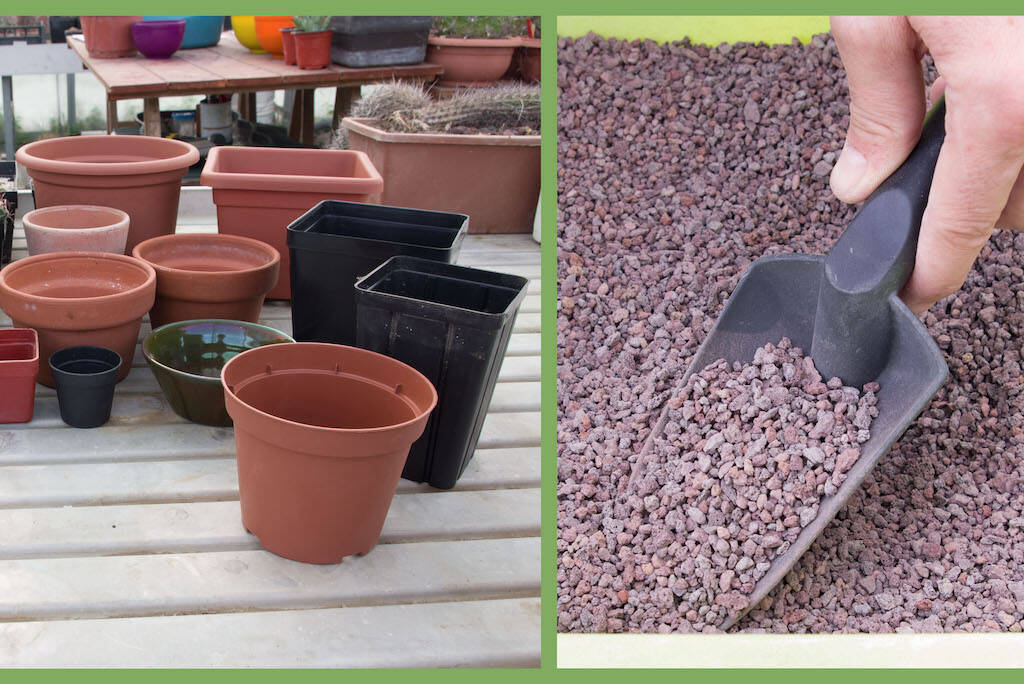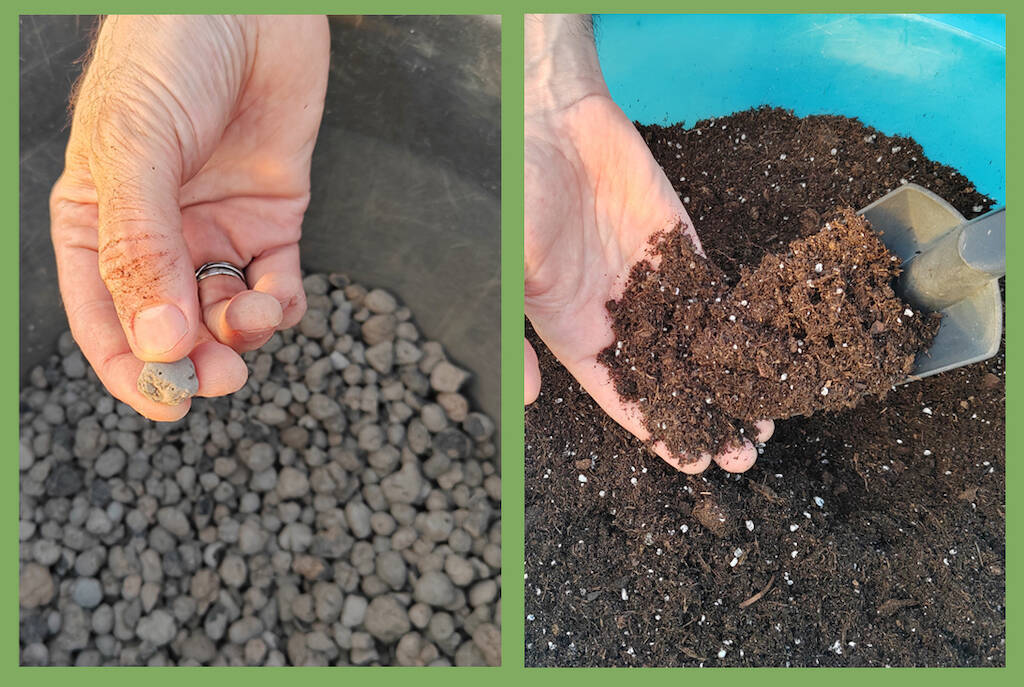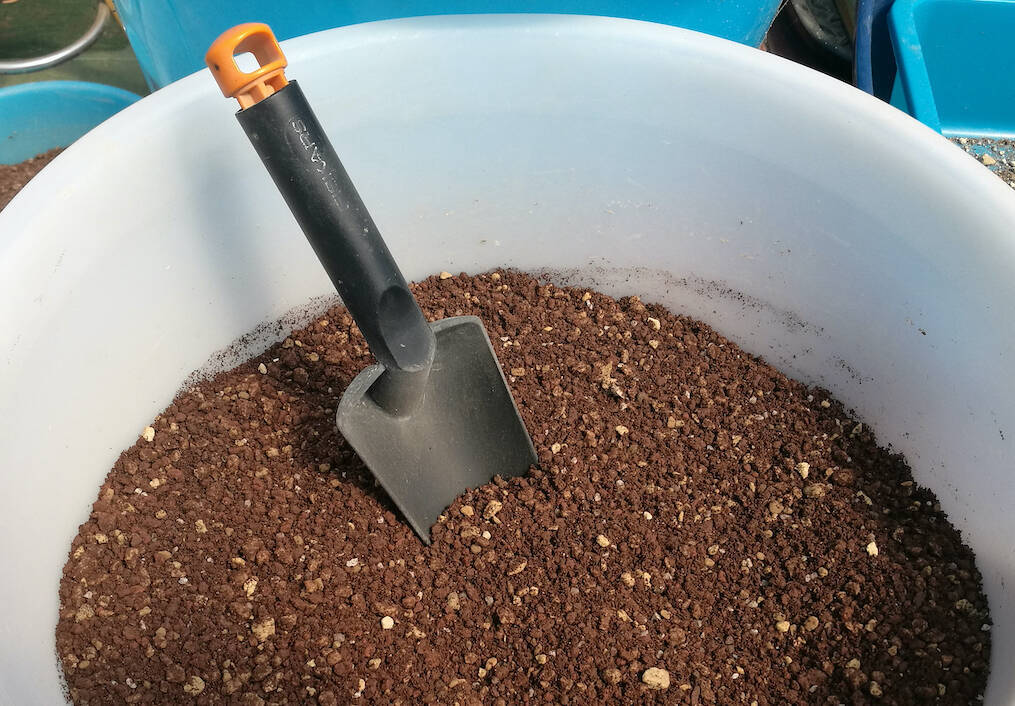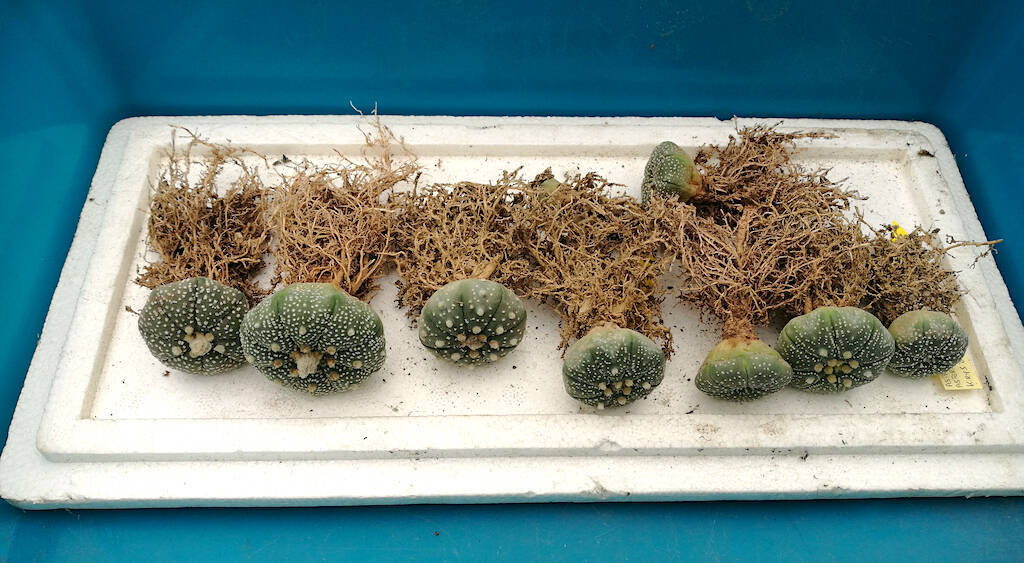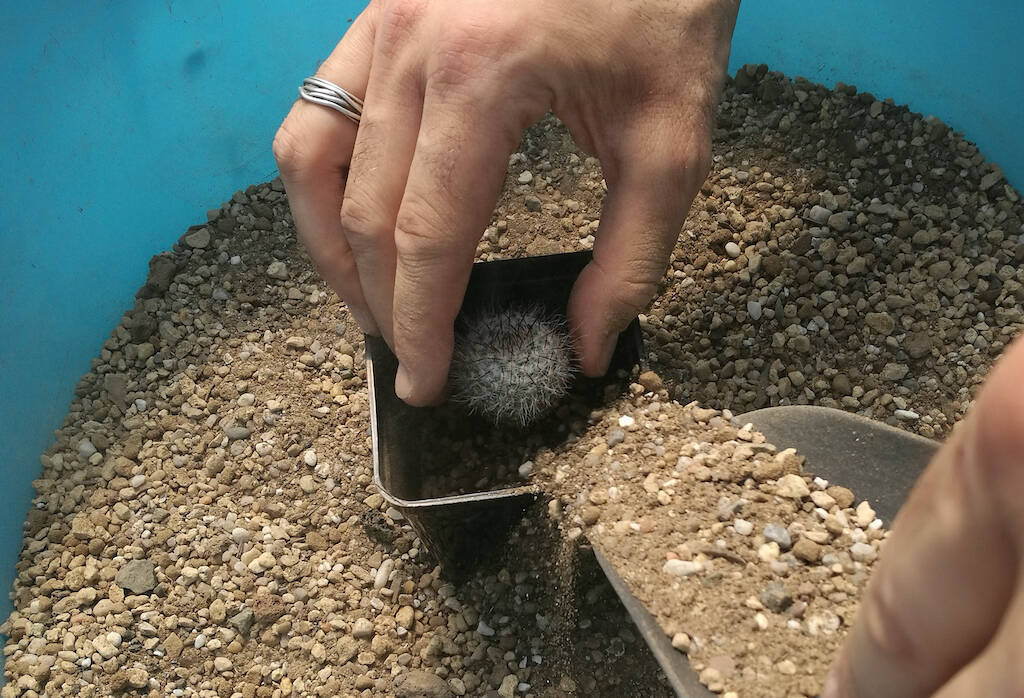Autumn comes into full swing and with the arrival of cold days, succulents plants require less “attention” from us. In this period, at least in Northern Italy or in middle-north Europe, the plants must already be in their winter location, protected from bad weather and excessive cold. There is time for repotting, since it is better to wait until mid or late winter for this type of operation. Watering is obviously suspended and all we have to do is carry out some preventive treatments to protect the succulents from fungi and mold during the winter months. So, what better time than this to dedicate yourself to tidying up the pots, jars, soil and materials needed for the substrates? And this is where a far from banal question arises for many growers: pots and aggregates (inert) are expensive, is it really worth throwing them away and buying new ones or is it possible to recycle all this material? The answer, clearly, is yes: recycling is a must, but be careful, under certain conditions and making sure that everything we are going to reuse is perfectly clean and free of parasites, spores, mold, dust, etc.
The following article is dedicated to this theme, which goes into detail about the cleaning and sterilization of vases (plastic and terracotta) and the materials used for the substrates (pumice, lapillus, gravel, etc.) which have been set aside after the last repottings carried out in recent months. (…)


